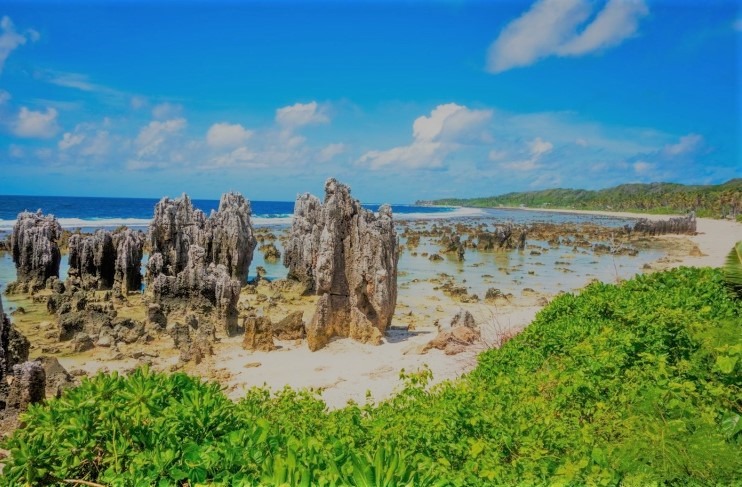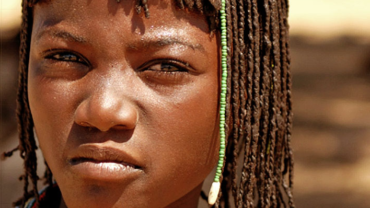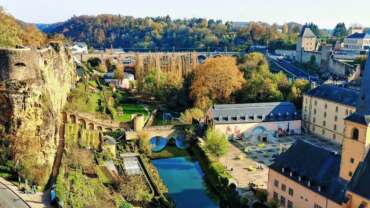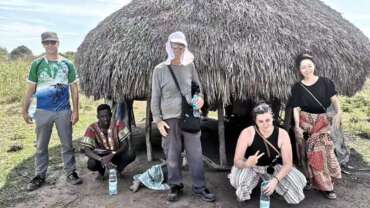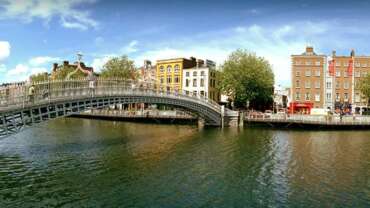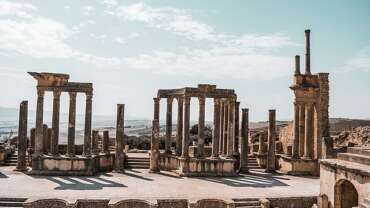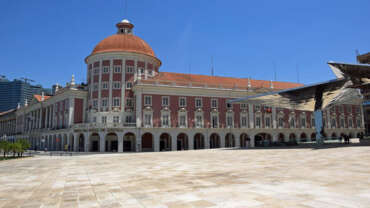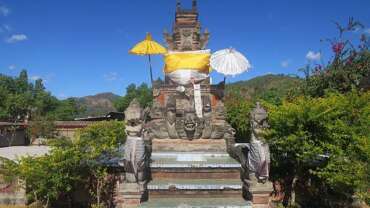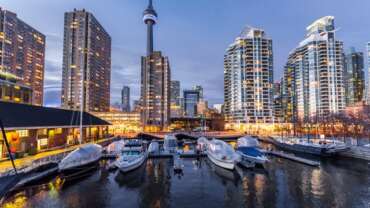Nauru - Welcome Always!
Nauru is a tiny island country in Micronesia, northeast of Australia. It features a coral reef and white-sand beaches fringed with palms, including Anibare Bay on the east coast. Inland, tropical vegetation surrounds Buada Lagoon. The rocky outcrop of Command Ridge, the island’s highest point, has a rusty Japanese outpost from WWII. The underground freshwater lake of Moqua Well lies amid the limestone Moqua Caves.
Nauru is one of the smallest countries in the world, amassing only 21 square kms and is only 6 kms at its widest. Nauru’s landscape is dramatic, with lush jungle growing between the jagged pinnacles left over from phosphate mining. Its phosphate reserves once made Nauru one of the richest countries on Earth. Nauru is only approximately 40 kilometres away from the equator, so its climate is tropical and it is warm all year around.
It’s easy to walk around the entire country in a few hours, but make sure you start early in the morning as it gets warm quickly!
Due to Nauru’s climate, bring conservative clothes suitable for warm temperatures. Sunscreen, hats and insect repellent are also necessary. If you are planning to explore the central plateau or ‘Topside’, be sure to bring suitable footwear. The temperature ranges between 24 degrees Celsius and 34 degrees Celsius and is kept down by sea breezes which can be felt from most parts of the island.
History of Nauru
The origin of the first inhabitants of Nauru and when they reached the island remain unknown. A long period of relative isolation is believed to account for the distinctiveness of the indigenous language. By the time of the arrival of Europeans in the early 18th century, Nauruan society consisted of 12 matrilineal kinship groups, each having a chief.
An English sailing vessel sighted the island in 1798, but extensive contact with Europeans did not begin until the 1830s, when the whaling industry penetrated eastern Micronesia, and Nauru became a port of call for vessels in search of food and water supplies. Shortly thereafter a small number of European beachcombers settled on the island, bringing with them alcohol, firearms, and foreign diseases. Intraisland warfare among competing districts escalated, becoming particularly intense in the 1880s. Encouraged by a few German traders concerned about their own interests on the island, Germany incorporated Nauru into its Marshall Islands protectorate in late 1888. The German administration and the arrival of the missionaries shortly thereafter brought an end to armed hostilities. In 1906 the Pacific Phosphate Company, a British concern, negotiated an agreement with the German administration to begin the mining of Nauru’s phosphate deposits, and the operation began the following year.
With the onset of World War I, a small Australian force occupied Nauru and removed most German nationals. In 1920 Nauru became a mandated territory within the framework of the League of Nations. Australia, Britain, and New Zealand were named as the responsible authorities, but in actual practice the administration remained in Australian hands. The phosphate industry was taken over by the newly formed British Phosphate Commission, a joint Australian, British, and New Zealand enterprise.
World War II brought another occupier when Japanese forces arrived in August 1942. In the following year, 1,200 Nauruans were taken to Truk (now Chuuk) to serve as forced labourers on Japanese military installations there. A Japanese airstrip on Nauru became the target of American bombers, and the island suffered air attacks for the next two years. In September 1945, Australian troops again took possession of Nauru. On January 31, 1946, with their numbers depleted by almost 500, 737 Nauruans were returned home.
In November 1947, Nauru became a United Nations trust territory, an arrangement paralleling the former League of Nations mandate. The same three metropolitan powers were the responsible authorities, but Australia continued to provide the actual administration.
People of Nauru
The people of Nauru are comprised of 12 tribes, as symbolized by the 12-pointed star on the Nauru flag and are believed to be a mixture of Micronesian, Polynesian and Melanesian descent. Their native language is Nauruan but English is widely spoken as it is used for government and commercial purposes.
Facts about Nauru
– Fruit trees are coconut, mango, pawpaw, lime, breadfruit, sour sop, pandanus. The indigenous hardwood is the tomano tree.
– There are a variety of flower trees/plants but the most widely used/favoured are the franjipani, iud, hibiscus, irimone (jasmine), eaquañeiy (from tomano tree), emet and yellow bells.
– Nauruans eat a variety of seafood but fish is still a favourite food of Nauruans – raw, dried, cooked.
War History
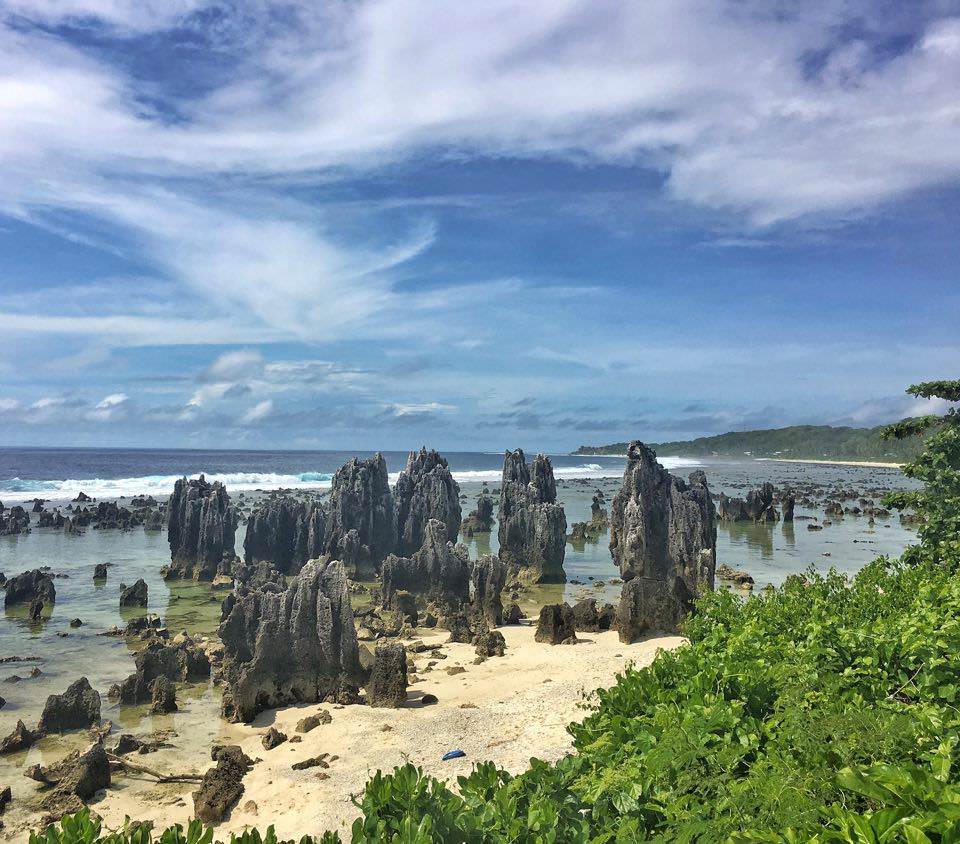
For a country of its size, Nauru has a lot of war relics left over from WWII if you know where to look. Perched high on hills or hidden in the undergrowth, you can find old war prisons or large guns used when the Island was under Japanese occupation. If you’re a fan of war history, then you’ll love exploring to find these relics.
Deep-Sea Fishing
With a steep coastal dropoff, Nauru offers some incredible game fishing for those willing to give it a go! Head out with some of the local tours and find yourself reeling in fish like tuna, marlin and barracuda. With deep seas of up to 2000 metres off the coast, there is always plenty of action at any time of the year.



